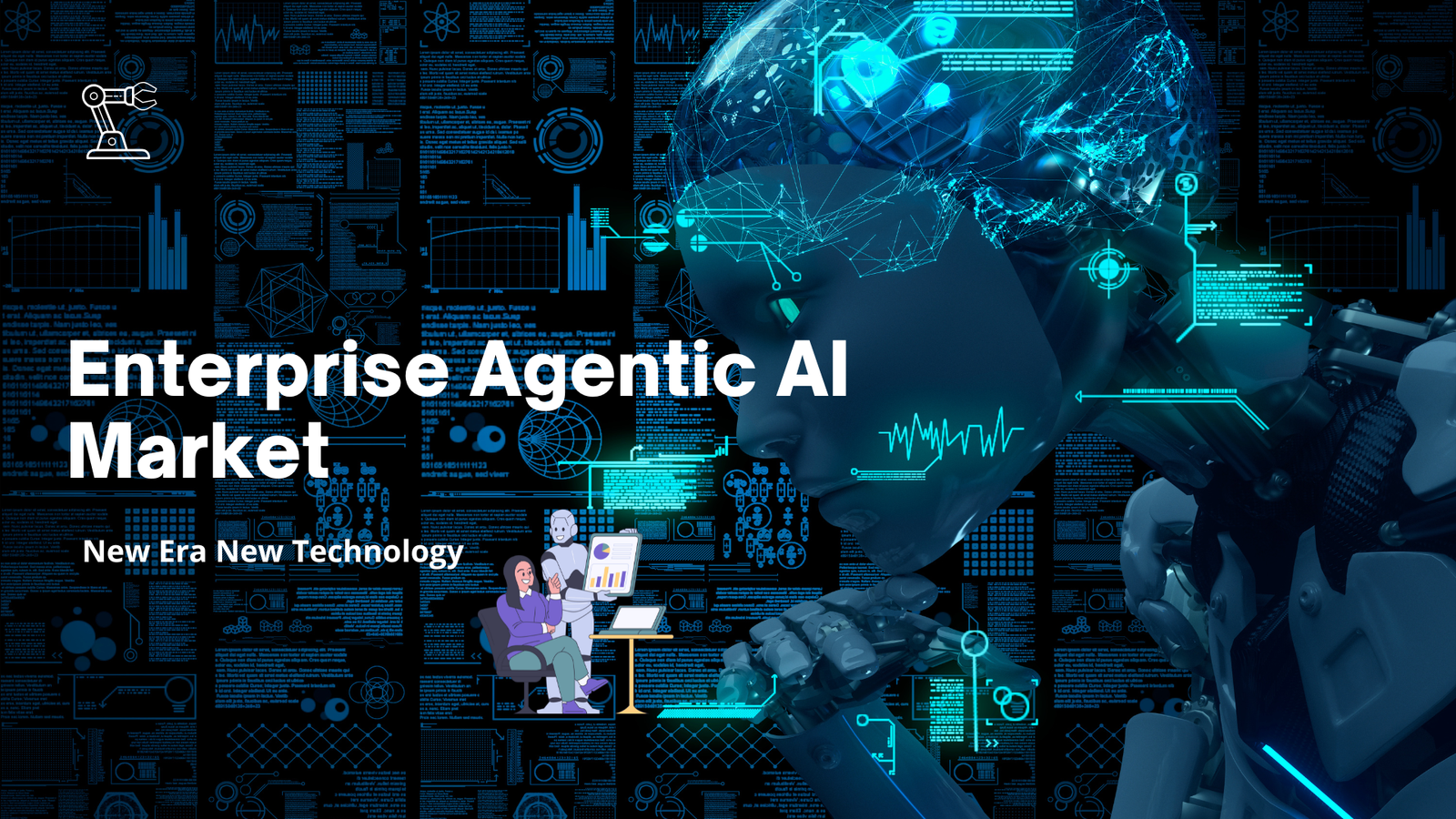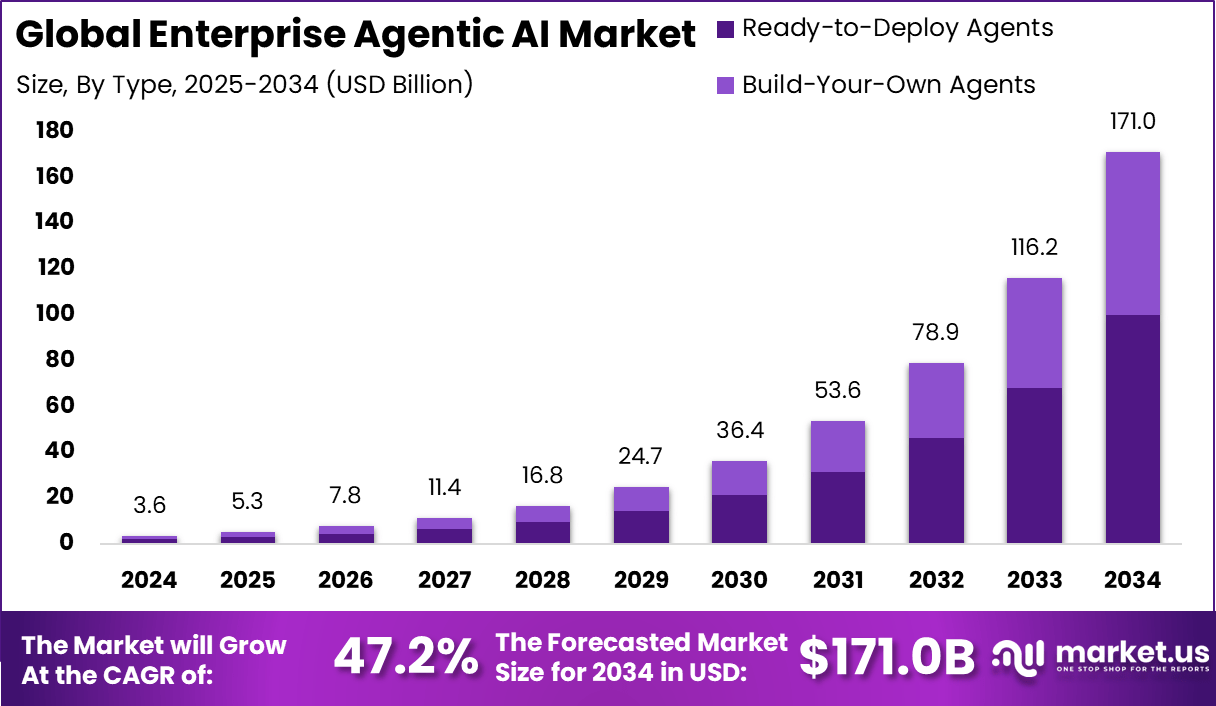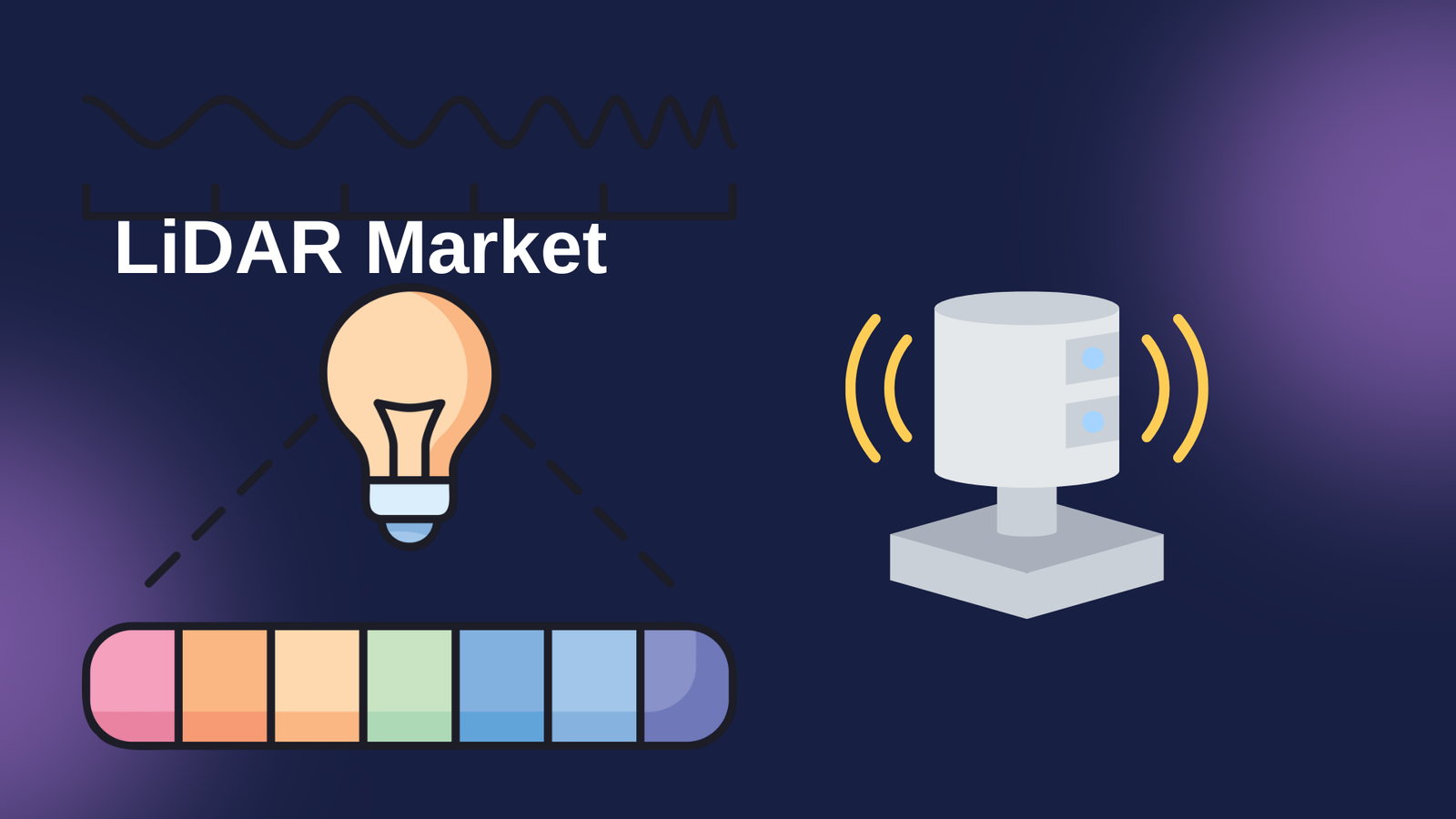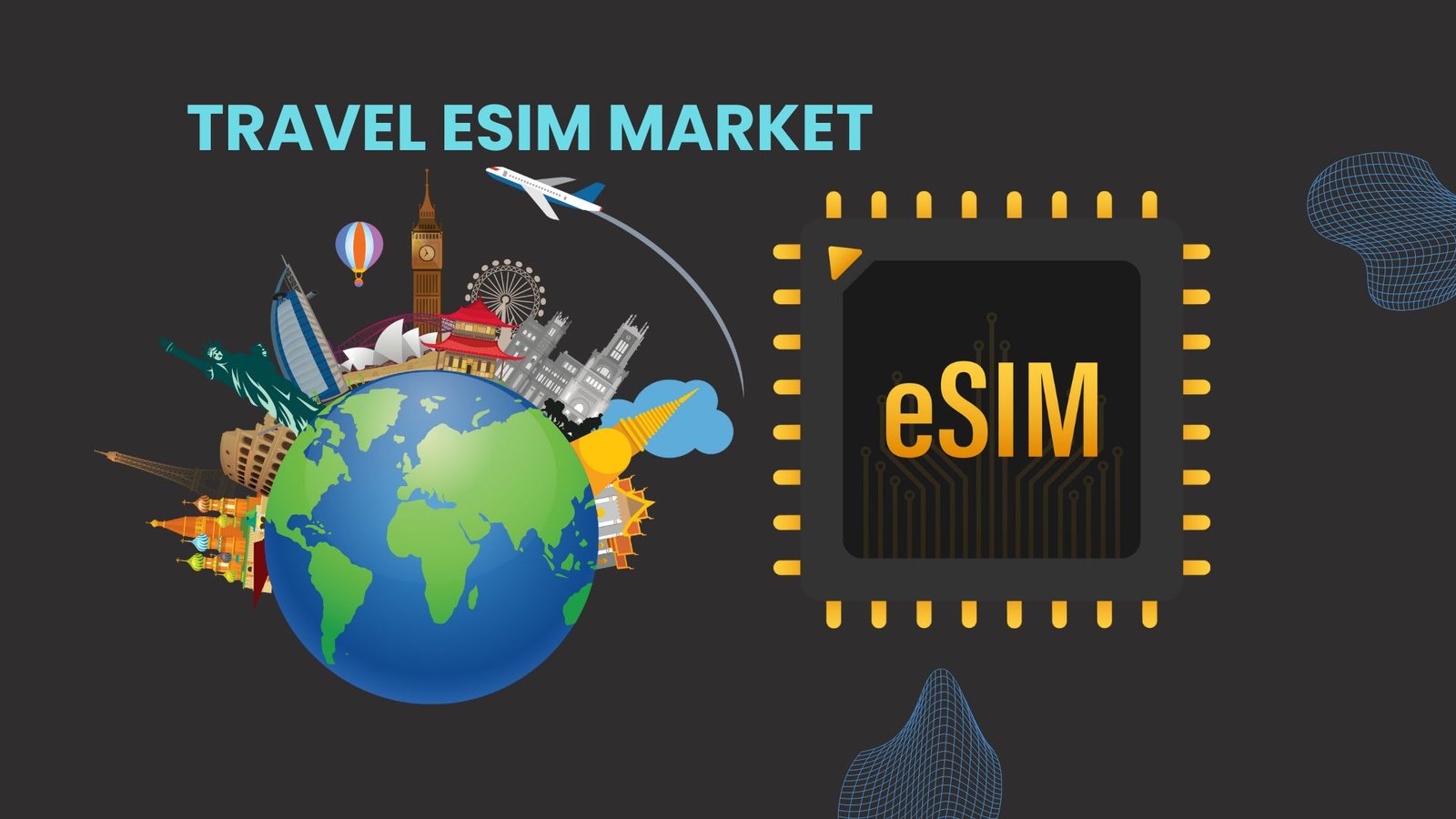Enterprise Agentic AI Statistics: Market Growth to USD 171 Bn By 2034
Updated · Aug 18, 2025

WHAT WE HAVE ON THIS PAGE
Introduction
Enterprise Agentic AI Statistics: The enterprise agentic AI market centers on AI systems capable of independent reasoning, decision‑making, and execution of multi‑step tasks within business environments. These intelligent agents function autonomously across workflows, connecting with enterprise systems, planning strategies, and carrying out complex operations with minimal human direction.
According to Market.us, The Global Enterprise Agentic AI Market is anticipated to expand significantly, rising from USD 3.6 billion in 2024 to nearly USD 171 billion by 2034, registering an impressive compound annual growth rate of 47.2% between 2025 and 2034. In 2024, North America maintained a dominant market position, capturing over 39.7% of the global share and generating USD 1.4 billion in revenue. This strong regional presence is driven by early adoption of advanced AI frameworks, substantial enterprise-level investments, and a mature digital infrastructure that supports large-scale deployment of agentic AI solutions.

(Source – Market.us)
Capgemini research indicates a strong confidence in agentic AI, with 71% of organizations expecting significant improvements in workflow automation and 64% anticipating enhanced customer satisfaction. However, challenges such as integration complexity, accountability concerns, and issues related to governance and ethics remain key barriers to achieving broad adoption across industries.
According to Market.us, the Global Agentic AI Market is projected to grow from USD 5.2 billion in 2024 to approximately USD 196.6 billion by 2034, recording a robust compound annual growth rate of 43.8%. In 2024, North America led the market with a share exceeding 38%, generating USD 1.97 billion in revenue. This dominance is underpinned by advanced AI research capabilities, strong enterprise adoption, and supportive digital infrastructure.
Demand analysis reveals that organizations are increasingly leveraging agentic AI to improve operational accuracy, reduce manual errors, and enhance productivity. These systems can handle parallel and complex workflows, achieving up to 40% faster process cycle times and 67% fewer manual errors, as reflected in recent operational results. Industry leaders have demonstrated that such technologies can maintain consistent performance even during demand surges, reducing the need for intensive human oversight while sustaining high service quality.
Key Insights
- North America led with 39.7% share, reflecting strong early adoption across multiple enterprise sectors.
- Customer Service & Virtual Assistants was the largest application, contributing 26.9%, driven by automation in compliance, fraud detection, and risk analysis.
- Machine learning accounted for 29.9% of the technology segment, underscoring its role in decision-making and enabling self-learning capabilities.
- Single agent systems held 46.8% share, showing enterprise preference for targeted and simplified deployments over complex multi-agent configurations.
- Ready-to-deploy agents captured 58.5%, as businesses prioritized rapid implementation rather than custom development.
- The market is projected to grow at a CAGR of 47.2%, indicating surging demand for autonomous agent integration in enterprise operations.
- The U.S. market contributed USD 1.4 billion in 2024, confirming its leadership in AI readiness, infrastructure, and enterprise adoption.
Agentic AI Facts & Statistics
- Over 60% of new enterprise AI deployments in 2025 are projected to include agentic capabilities.
- AutoGPT and other agentic frameworks saw a 920% growth in developer repository usage from 2023 to 2025.
- Agentic AI can reduce human task time by up to 86% in complex workflows.
- 45% of Fortune 500 companies are piloting agentic AI solutions in 2025.
- More than $9.7 billion in venture capital funding has been invested in agentic AI startups since 2023.
- Agentic AI systems can complete up to 12x more multi-step tasks than standard large language models.
- Google DeepMind’s SIMA agent has learned 600+ skills across nine game engines.
- Microsoft’s AutoGen framework has been adopted by 40% of Fortune 100 companies for internal AI agents.
Emerging Trend Analysis
One key emerging trend is the shift from AI systems that assist with decision-making to those that fully own and execute multi-step workflows autonomously. Enterprises are deploying agentic AI to not only analyze data but proactively handle customer service, supply chain adjustments, and financial fraud detection without human intervention. This trend reflects a maturation of AI capabilities, where AI agents adapt dynamically to changing environments and independently optimize processes to improve operational efficiency and customer experiences.
Driver Analysis
A major driver of enterprise agentic AI adoption is the pressing demand for operational efficiency combined with cost reduction. Organizations face increasing complexity in business environments and require rapid, reliable decision-making to stay competitive. Agentic AI addresses these needs by automating complex, repetitive, or data-intensive tasks that previously consumed considerable human effort. This leads to significant savings in customer support costs, procurement, and logistics while accelerating product and service delivery cycles.
Restraint Analysis
A significant restraint on agentic AI growth is the challenge of integrating these advanced systems with legacy enterprise infrastructure. Many organizations operate on outdated or fragmented IT systems that are not readily compatible with autonomous AI agents. Moreover, ensuring seamless data exchange and communications across disparate platforms requires substantial modifications and technical expertise, which slows the pace of adoption. Companies must also manage the risks of uncontrolled AI autonomy and complexity in orchestrating multiple agents.
Opportunity Analysis
There is a tremendous opportunity for agentic AI to transform industry-specific processes by delivering precision at scale and real-time responsiveness. For example, leveraging edge-to-cloud intelligence networks enables AI agents to react quickly to sensor data in manufacturing or healthcare. Furthermore, democratization of AI through no-code AI-as-a-Service platforms empowers non-technical staff to configure customized agents that improve marketing automation or predictive maintenance without heavy upfront investment, expanding AI benefits across the organizational spectrum.
Challenge Analysis
Among the major challenges is managing the security, privacy, and ethical risks tied to AI agents with autonomous capabilities. Ensuring AI agents operate within intended parameters while safeguarding sensitive enterprise data is difficult, especially when agents retain persistent access to resources. Organizations also grapple with auditing and compliance complexities due to the blurred lines between human and AI interactions in enterprise systems. Addressing these requires robust governance frameworks, least privilege access controls, and ongoing bias mitigation efforts to build trust and avoid unintended consequences.
Key Market Segments
By Technology
- Machine Learning
- Natural Language Processing (NLP)
- Deep Learning
- Computer Vision
- Others
By Agent System
- Single Agent Systems
- Multi Agent Systems
By Type
- Ready-to-Deploy Agents
- Build-Your-Own Agents
By Application
- Customer Service and Virtual Assistants
- Robotics and Automation
- Healthcare
- Financial Services
- Security and Surveillance
- Gaming and Entertainment
- Marketing and Sales
- Human Resources
- Legal and Compliance
- Others
Top Key Players in the Market
- NVIDIA Corporation
- SAP SE
- Oracle
- Accenture
- OpenAI
- Capgemini
- Celonis
- Dataiku
- Shield AI
Source – https://market.us/report/enterprise-agentic-ai-market/
Sources

Rohan is a senior editor at Techno Trenz. He knows a lot about digital marketing, SEO, and social media optimization. Rohan is great at creating and editing detailed articles with accurate statistics that readers find useful. As a senior editor, he reviews and checks the quality of content from many writers before it is published. He also makes infographics to go with the statistics, making the information easier to understand and more engaging. Rohan's hard work ensures that Techno Trenz provides high-quality and informative content to its readers.










